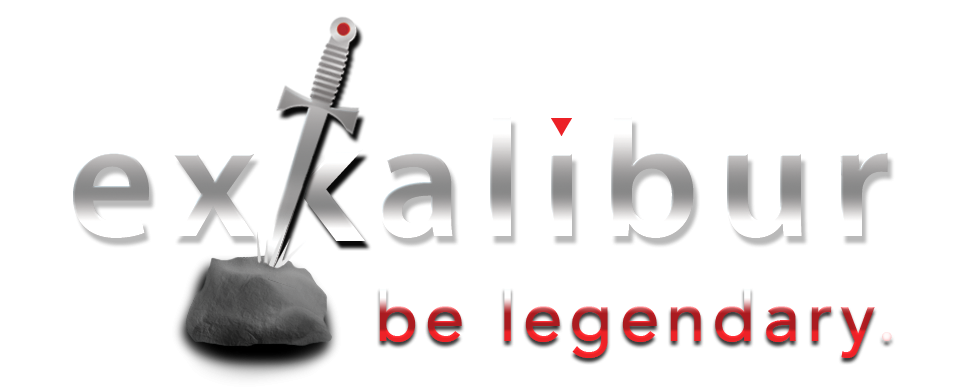The North Bay Business Journal, a publication of the New York Times, is a weekly business newspaper which covers the North Bay area of San Francisco – from the Golden Gate bridge north, including the Wine Country of Sonoma and Napa counties.
**********************************************************************************
Original Article published – Oct 6, 2008
BUILDING A BUSINESS: Finally, you are prepared to meet bank’s expectations
by Lary Kirchenbauer
(Editor’s note: This is the concluding column of a continuing series on accelerated growth and the relationship between companies and their bankers.)
“Now you have a friend, your friendly banker. If the banks are so friendly, how come they chain down the pens?” – Alan King
Congratulations on the bank proposals you received this past week, John,” I said to John Wilson, CEO of Ace Business Stuff. “It seems like you and your team made a good impression on them. That’s terrific.”
“Thanks, Lary. We’re very happy, too. Thanks, too, for looking at the terms sheets. Any comments on those?”
“On balance, John, the terms sheets are reasonable and contain the terms and conditions you typically see. There are a few things, though, that you might want to look at more closely.
“As we’ve discussed, you’re entering into an asset-based lending facility in which the ‘borrowing base’ or ‘eligible collateral’ determination is critical. So, while the advance rates are reasonable, you need to be careful because how to calculate the eligible collateral is one of the trip wires in these kinds of agreements. The borrowing base is the number to which the advance rates will apply, and while the book value of the AR and inventory underlies this measure, it is calculated quite differently than book value.
“In essence, the bank asks you to adjust the book value in accordance with several provisions. You’ll note, for example, that AR over 90 days is not counted in the borrowing base. You should also note, however, for customers that have more than 20 percent of their AR that’s more than 60 days past due, that none of their AR is considered eligible. This is a little more subtle condition that is often missed.
“On the inventory side, you’re also pledging that there is no obsolete inventory included in the inventory values you provide and that the inventory doesn’t contain any consigned or defective merchandise.
“The covenants are also important, of course. The current ratio is a common measure of liquidity, and I think your forecast indicates that you’re well within those parameters. With respect to the Debt/Worth ratio, however, your forecast shows that you could be close to the edge at certain times of the year.”
“What about the cash flow covenants, Lary? We haven’t paid much attention to EBITDA determinations over the years.”
“You’re right, John. This cash flow measure is an important metric you need to watch carefully. The proposal defines a term called ‘Total Coverage.’ It’s designed to measure the cash available before interest and principal to estimate how much room the company has to make timely payments to the bank. In your case, the bank is looking at a Total Coverage Ratio of 1.30, which means it wants your available cash to exceed the interest and current payments of long-term debt by 1.3X. While many firms are unfamiliar with EBITDA, it is widely used these days as an approximation of the cash available to service debt.
“I think that’s it. It’s been quite a ride for you, I know, but I think you’ve now found a solid course that will help you meet your objectives. Good luck.”
•••
Lary Kirchenbauer is the president of Exkalibur Advisors Inc., providing practical business strategies for family and other privately owned businesses in the middle market. He can be reached at 415-602-7870 or lary@exkalibur.com. His Web site may be found at www.exkalibur.com.



